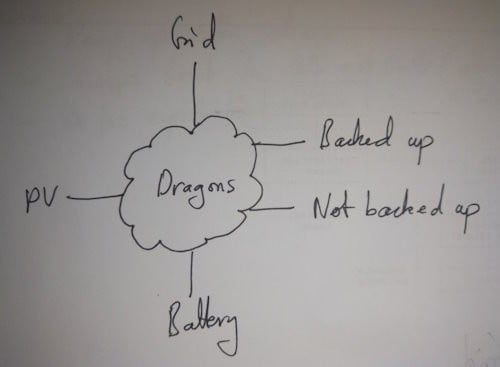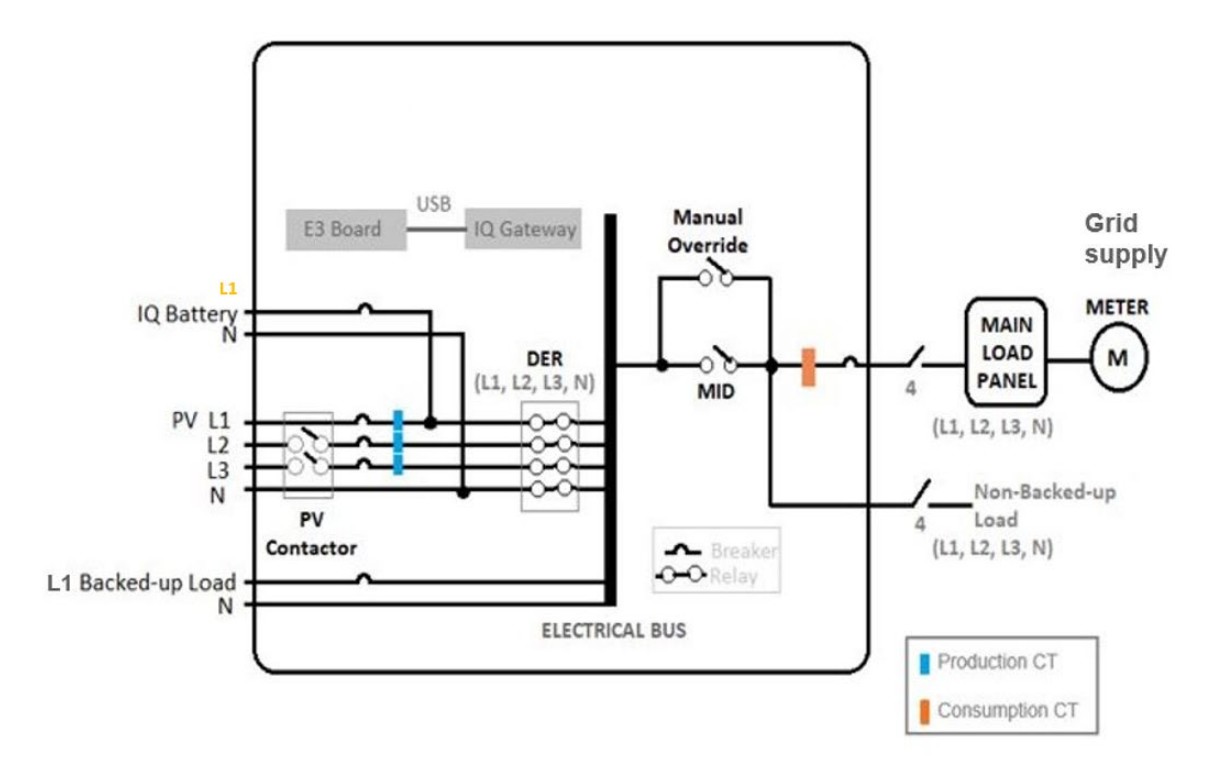SteveXNZ:So what’s the consequence of this? Nothing practically, until the power bill arrives. “Net metering” says my 3-phase meter must independently record import and export – no problems with that. But what doesn’t happen is “net billing”. I’m on Electric Kiwi’s Movemaster plan which applies differential time of day tariffs. If I use zero net energy over say the 7am-9am peak I should pay $0. Not so fast! I’m actually paying 40c/unit for what I’m importing, and receiving a 14c/unit credit for what I’m exporting! This makes no sense at either the transformer/utilities level or EK’s spot market level. I have an on-going dispute with them and have asked them to justify their billing practice and make it clear on their website.
How does the current flow actually work in terms of what the power company sees? This is the same problem I've pointed out earlier, the ESS tries to push power out to the grid to balance the draw from the grid, but wouldn't the outgoing power from the ESS get drawn straight back in again as incoming power to the load before it hits the meter (I've forgotten pretty much all of the AC circuit theory I learned way too long ago, not sure how accurate that is).





